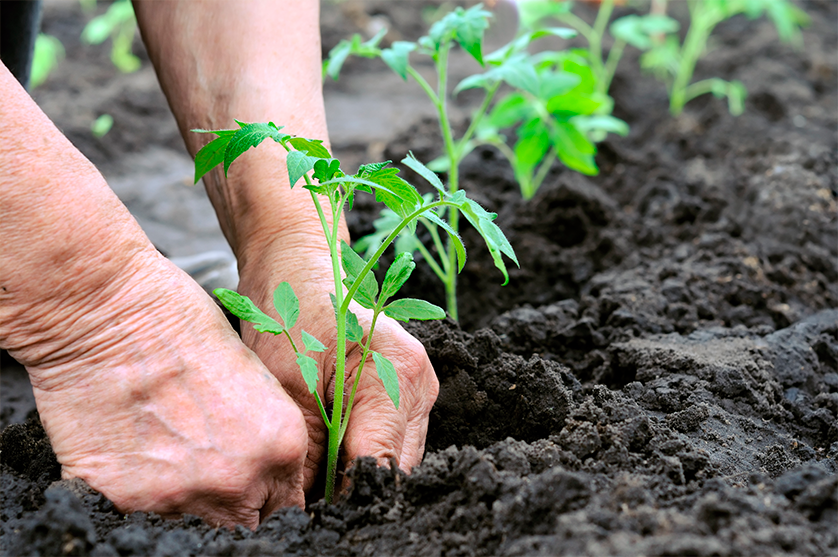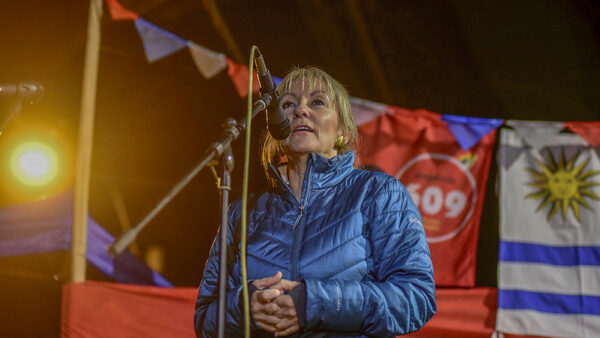In 2015, one region of Brazil was nicknamed “the last agricultural frontier of the world.” Known as “Matopiba,” this unofficial territory comprises 337 municipalities in four states (Maranhão, Tocantins, Piauí, and Bahia), adding up to 73 million acres and 25 million inhabitants. Between 2000 and 2014, it increased its agricultural production by 239 percent. Matopiba’s main crops are soybeans, cotton, and corn, all of which are grown on large properties. The region was responsible for producing 10 percent of the country’s grains in 2014/15.
For a country that has always relied on farming to strengthen its economy, the emergence of a “new” agricultural region is excellent news. But, of course, there is a hidden cost. To expand its frontiers, Brazil will have to deal with the environmental destruction that it can cause and is already generating. Earlier this year, the Brazilian Institute for the Environment (Ibama) launched an operation in partnership with federal prosecutors to halt illegal deforestation in the region known as the Cerrado, a tropical savanna biome found in central Brazil, recognizable by its abundance of small trees and bushes.
Seventy-eight companies and individuals received fines for financing and trading soybeans grown in forbidden regions. The fines amounted to more than BRL 105 million. Punishment hit multinational companies such as Cargill and Bunge. Operation Shoyo’s first phase, in 2016, fined Santander bank BRL 47.5...


 Search
Search






































